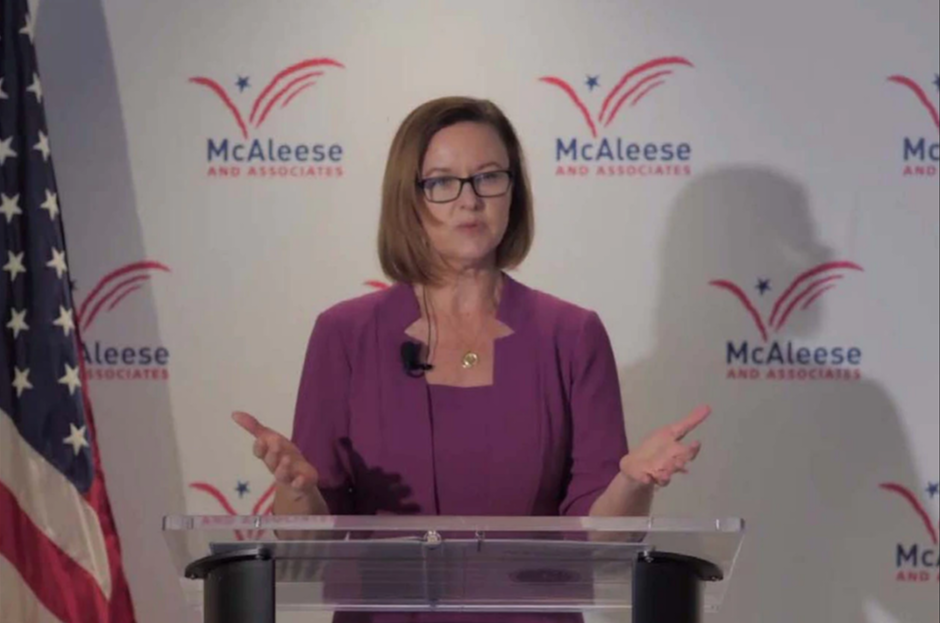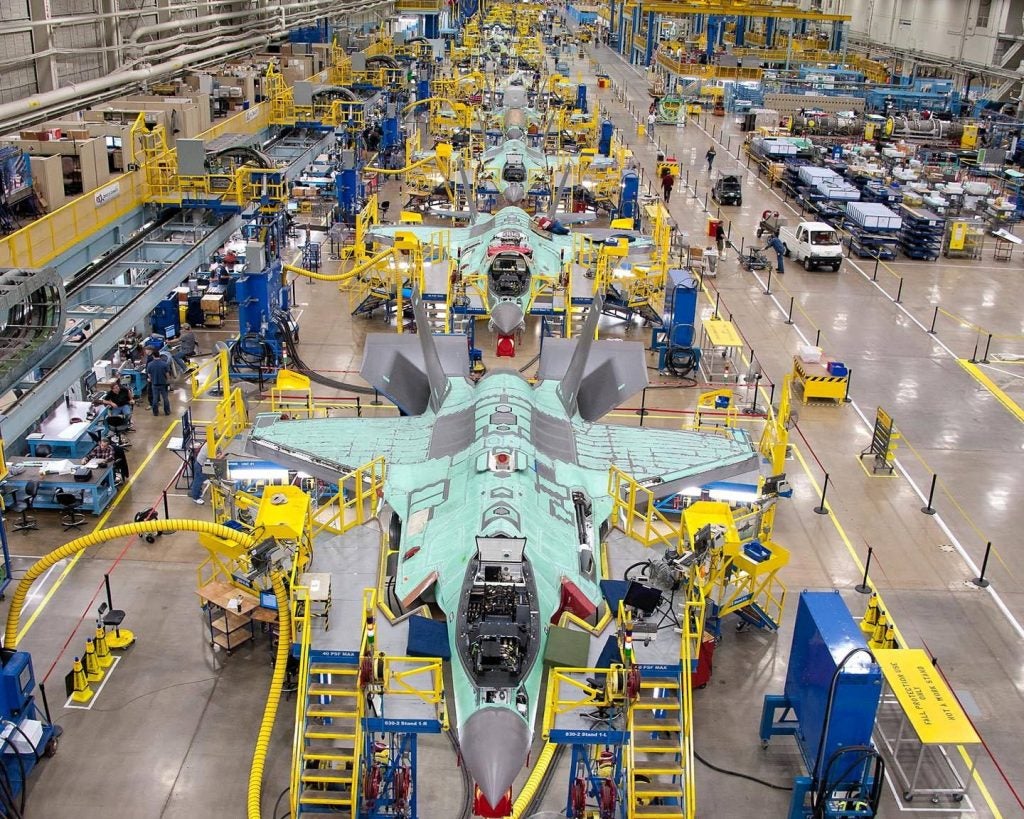US Department of Defense Claims Progress on Acquisition Reform
Following a series of projects that went grossly overbudget, most notably the F-35 Joint Strike Fighter and the Zumwalt class destroyers, acquisitions by the US Department of Defense (DoD) has received heightened scrutiny. Many have also pointed to the slow speed of most acquisition programs; many have found it unsatisfactory that a year was needed to roll out uniform-issue face masks amidst a worldwide pandemic. Other areas of DoD money-spending have also faced inspection with the US Government Accountability Office recently publishing a report on DoD business operations.
Fulfilling the duties of Under Secretary of Defense for Acquisition and Sustainment, Stacy A. Cummings spoke of major leaps being made to improve DoD acquisition programs. The DoD model of developing “one size fits all” solutions which emerged in recent decades was extremely slow with it typically taking nearly eight years from program start to initial operating capability. This approach to innovation was not one that could enable effective competition with powers like China and Russia.

To address these challenges, the DoD has introduced a set of 13 new acquisition policies in 2020 which together allow for much more flexibility and a case-by-case approach depending on specific program requirements. These translate directly into offering multiple pathways for different acquisition programs. Accordingto Cummings:
“This has been, at least in my experience, among the most transformational changes to acquisition policy in years, and we really anticipate this change in policy having really sustaining, enduring and positive effects to the department for years to come.”
Of course, it remains to be seen how much the changes do in practice as opposed to on paper. Nevertheless, there are some promising signs of faster development as exemplified by the development of a prototype robotic artillery-munition-lifting arm under an Army Applications Laboratory project in under nine months. Then again, this is a much smaller project than the most controversial Zumwalts and F-35s.
On the issue of the F-35, Lieutenant General Eric T. Fick of the Air Force recently claimed that the DoD is “laser-focused on driving down costs” of the aircraft in terms of not just acquisition but also sustainment. Between 2019 and 2020, the costs of sustaining one hour of F-35 flight went decreased from $37,000 to $33,300. Nevertheless, the program remains anything but cheap.

